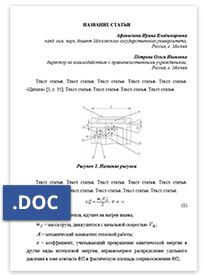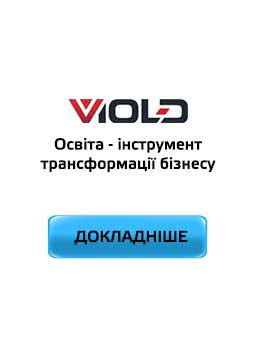Requirements for a scientific article
The editorial board of the electronic scientific and practical edition supports the high level of requirements for the selection and review of articles. These rules are determined by the scientific directions of the edition and are governed by the standards of quality of scientific work that are accepted in the scientific community.
Only original articles made at the current methodological and technological level are accepted for publication in the collection, in compliance with the publishing policy of the collection and the recommendations of the – Committee on Publication Ethics.
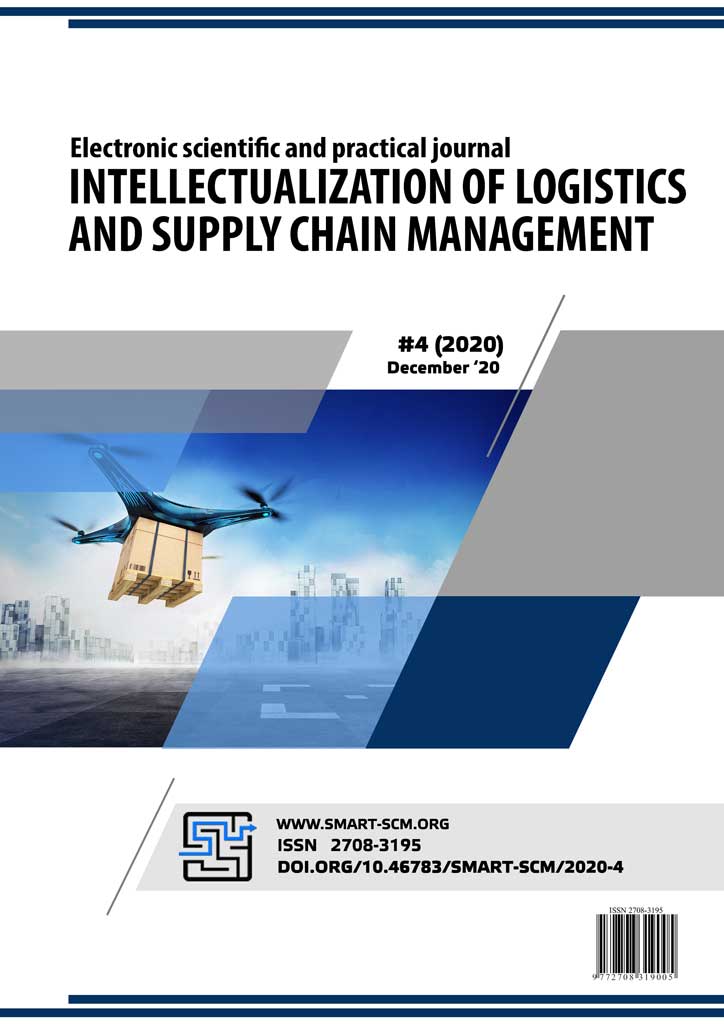
- Only articles that have not been previously published are accepted.
- The author is personally responsible for the presence of plagiarism and for the originality of the material presented in the article.
- The author of the article is responsible for the accuracy of the given quotations, used statistical data, facts and other information.
- The author confirms that the content of the article does not contain data which are prohibited for open publications.
- The article should be written in English.
- The recommended total volume of the article is 12-15 thousand symbols
- ATTENTION! The final decision to publish the article is taken by the Editorial Board, which reserves the right to:
- return article to the author for revision;
- additional review;
- editing the article;
- rejection of the article.
Plagiarism check
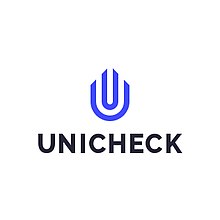
The authors are responsible for the selection and accuracy of the given facts, quotations, statistical and sociological data, proper names, geographical names and other information.
About copyright
Cost of publishing in electronic edition
Cost of service for preparation of materials for its placement in the electronic scientific and practical edition “Intellectualization of logistics and Supply Chain Management” includes the cost of assigning a (Digital Object Identifier – DOI) in order to ensure cross-connection of publications in scientific journals using digital object identification.
Payment is made after the approval of the text of the article by the editorial board. If the article meets the requirements of the Ministry of Education and Science of Ukraine and the editorial policy of the publication, and in the case of positive feedback from the reviewer, the author of the article will receive an email with a receipt for the payment of agreed and received services, including scientific and literary editing, preparation and placement of the article.
THE COST OF SERVICES AND PAYMENT
Additional Services
Content requirements and technical requirements
1. General rules for the design of scientific publications
- Academic articles with scientific and practical value are accepted for publishing. The Editorial Board accepts the articles which are fully prepared for publication in an electronic scientific and practical edition. Articles that do not meet the above requirements are not accepted for consideration.
- The decision to publish (positive or negative) is reported to the author. The article may be returned for revision. The manuscripts are not returned to the authors.
- Articles sent to authors for revision should be returned to the editorial office no later than 10 days after receiving it.
- Scientific papers which have at least 12-14 thousand symbols (including tables, graphs, figures), paper size - A4, portrait orientation, all fields - 2 cm, line spacing - 1.0, font size - 12, headset - Times New Roman, paragraph - 1,25 cm are accepted for consideration. Abstract - font size - 10.
- Formulas, figures, tables are inserted right after reference on them. Illustrations should be clear, formulas should be written in commonly accepted symbols. Font size in illustrative material is not less than 10 pt.
- Articles are submitted electronically in the form of files (text in DOC, DOCX, RTF, graphics, drawings - JPEG, TIFF). If the text of the article together with the illustrations is done in the form of a single file, then it is necessary to submit an additional file with illustrations (one illustration - one file).
- A set of files should be addressed on the e-mail of the editorial office; a set of files must be accompanied by a description stating:
– імена файлів,
– file names,
– journal title,
– article title,
– section of science,
– the author’s last name, first name and patronymic.
- Editorial office accepts documents of Microsoft Word 2003 version and older ones (MS Office 2003, 2007, 2010, 2013, 2016).
- The editorial board has the right to make edits to the articles without changing the main content. The authors of the articles are responsible for the quotation and the validity of the information.
- Language of publications: English.
- The dash (–) and the hyphen (-) should be clearly distinguished. The same type of quotation marks should be used («…» - for Ukrainian and Russian text of the article and “…” - for English). Paragraph indentation is forbidden to put with help of spaces and Tab. Text lines within a paragraph should not be separated by the "Enter" key.
- Transfers are not allowed. non-breaking space is put between initials and last name. Page numeration is not affixed.
- An electronic scientific and practical journal with a published article is sent to the author's e-mail, and links to a published article on the Internet are added to the letters.
2. Structure of the scientific article (in accordance with the requirements of national standard DSTU 7152: 2010 "EditioHns. Publications' design in journals and collections")
- Article title written by capital letters (Times New Roman, 12, bold).
- Last name, first name and patronymic of the author (full) and ORCID ID (Times New Roman, 12, bold).
- ORCID ID - Times New Roman, 12, bold.
- Web of Science ResearcherID - Times New Roman, 12, bold. (in the presence)
- Scopus author id - Times New Roman, 12, bold. (in the presence)
- Organization's name (full) (Times New Roman, 8).
- Contact email of the authors of the article (Times New Roman, 8).
- UDC (Universal Decimal Classification Index) (Times New Roman, 12). UDC Index - left alignment .
- JEL Classification (bold italics) - from1 to 5 codes in one line. For example: JEL Classification: C12; C14; C18). Класифікатор JEL Classification
- Abstract (author's summary) without the word "Abstract" (Times New Roman, 10) should be available in three languages - Ukrainian, Russian and English. The abstract contains the last names and initials of the authors (bold italics), the name of the article in quotation marks (bold italics), the text of the abstract. Annotation volume must be at least 1800 symbols (without taking into account spaces), in English it is recommended to have 2.5 thousand symbols (without taking into account spaces).
- Keywords (bold italics) - 6-8 words with semicolons in two languages - Ukrainian, English.
- TEXT OF THE SCIENTIFIC ARTICLE.
Example:
Table 1
Displaying factoring operations in customer accounts
The caption below the drawings of the species:
Figure {sequence number} – {picture signature}
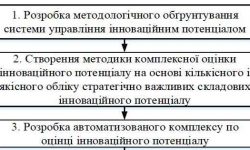
Figure 1 – Stages of construction of the control system
For setting formulas it is obligatory to use the Microsoft Equation 3.0 Formula Editor. . Arrange formulas in the center, numeration on the right edge. Thetransferring order of variables in the formula – in the order of their representation in it. Example:
All symbols in the text must be created using the Formulas’ editor starting with one character. Use of other Fonts’ symbols can causeinconsistenciesbetween
author’s version of the article and editorial.
In this case,the editors are not responsible for accuracy of the printed the article.
-
List of references is used in Ukrainian according to DSTU 8302-2015. Information and documentation. Bibliographic reference. General rules and regulations (valid since 1 July 2016), in English in accordance with international standards. In the original works it is allowed to cite no more than 15 works, and in reviews - up to 50. The list should contain issues over the last 10 years, earlier ones are allowed in special cases.
- References –is a list of sources used in Latin letters according to the Harvard’s standard (Decree of the Cabinet of Ministers of Ukraine since January 27, 2010 No. 55 “On streamlining of the transliteration of the Ukrainian alphabet in Latin”).
- Copyright help. The article should be accompanied by an authorial certificate (for each author) in three languages - Ukrainian, Russian, English.
– last name, full name and patronymic;
– year of birth;
– academic degree, academic title;
– workplace ( full official title of the institution in English);
– position;
– ORCID idetificator;
– ResearcherID idetificator;
– Scopus author id idetificator
– the address for sending the author’s copy (if available).
3. Recommendations for writing annotations (author's abstracts) for scientific articles
Relevance – is the topicality of the research. Purpose – is the aim and objectives of the study. Do not repeat the title of the article. If the purpose of the article is clear, then this sentence should be omitted. For example, you can specify – Considered Topics … Do not use suchwords as “In this article..” Competent researchers are well aware that this is your work.
Methods (research methodology) – are pieces of data about when, where, how the study was conducted; what information, methods were used; who was included in the group of subjects. The method or methodology of the work should be described if they differ in novelty or their development is an independent part of the work. The abstracts of the documents that describe the experimental works indicate the sources of data and the nature of their processing.
The results are the main conclusions (specifics), the consequences of the study. For example – Defined that …, It is found out that …, Shown that …, and so on. The results of the work are described in an accurate and informative way. Basic theoretical and experimental results, evidence, identified relationships and patterns are provided. In this case, preference is given to new results and data of long-term value, important discoveries, conclusions that refute existing theories, as well as data that, in the author’s opinion, are of practical importance.
The conclusions may include the recommendations, estimates, suggestions, hypotheses described in the article. It is not recommended to indicate that your approach or methodology is better than the other authors’ one. This is understandable from the very status of the article as a scientific itself.
Perspectives – is information about the result’s comparison with the findings of other scientists, what are the prospects for the study, directions for further work, the complexity.
In the process of annotation’s preparation, you should start with what you write for competent researchers and a wide range (spectrum) of potential English-speaking users Therefore, you can enter special terms in annotation. You should clearly state your position. The style of its presentation depends on the number of appealsand, what is especcially important and relevant today, the number of citations of your publication. The abstract should not contain general words.
The author’s resume should state the essential facts of the work and should not exaggerate or contain material that is not present in the main body of the publication.
The information contained in the title of the article should not be repeated in the text of the author’s summary. Abbreviations and conventions are not allowed.
The author’s resume does notinvokethe publication number in the list of references in the article.
Excessive introductory phrases should be avoided (for example, “author’s reviews”). Historical references, if they do not constitute the main content of the document, no description of previously published works and well-known provisions should not be presented in the abstract.
Syntax constructions inherent in the language of scientific and technical documents should be used in the text of the abstract and complex grammatical constructions (not used in scientific English) should be avoided.
The volume of the text is determined by the content of the publication (the amount of information, their scientific value and / or practical value), but should not be less than 1800 symbols..
4. Recommendations for writing the text of a scientific article
– the relevance of the problem in its general form and its validity to important scientific or practical tasks;
– an analysis of the latest research and publications in which the problem is solved and which the author relies on, the selection of previously unresolved parts of the general problem to which the article is devoted;
– formulation of the purpose of the study (setting the task);
– presentation of the main research material with full justification of the scientific results;
– conclusions from this study and prospects for further investigations in this area.
Features of the scientific article’s style
It should be remembered that the article does not contain unproven theses and concepts; all ideas were in a natural and well-reasoned relationship; the author aimed to maximize objectivity and search for scientific truth, free from the pressure of ideology and emotions.
5. Recommendations for compiling a list of references
List of used links (regular reference list) and References (a list for international databases, where data are translated in Ukrainian / Russian using transliteration,, however sources are duplicated in English from the list of Used Sources). All authors should be included in the description of the document in the List and References, without reducing the list to three, as it is recommended by the current state standard.
Rules for designing the References translated in the Roman alphabet (Latin)
Proper description of the sources used in the literature lists is a guarantee that the cited publication will be taken into account when evaluating the scientific activity of its authors, and therefore (by chain) – the activities of the organization, region, country.
According to the citation, the periodical(journal) , determines its scientific level, authority, effectiveness of its editorial board, etc. The following is that the most significant components in the bibliographic references are the names of the authors and the names of the journals. In order for all authors of the publication to be included in the Scopus system, it is necessary to insert the names of all authors in the description of the article, without reducing them to three, four and more.
You must use the Harvard’s standard to draw up your References.
An example of a journal’s article description: Fritzkowski, P & Kaminski, H 2009, ‘Dynamics of a rope modeled as a discrete system with extensible members’, Computational Mechanics, no. 44(4), pp. 473-480. doi:10.1007/s00466-009-0387-2.
Example of the book description: Loveikin, V, Chovniuk, Yu, Dikteruk, M & Pastushenko, S 2004, Modeliuvannia dynamiky mekhanizmiv vantazhopidiomnykh mashyn, RVV MDAU, Mykolaiv.
